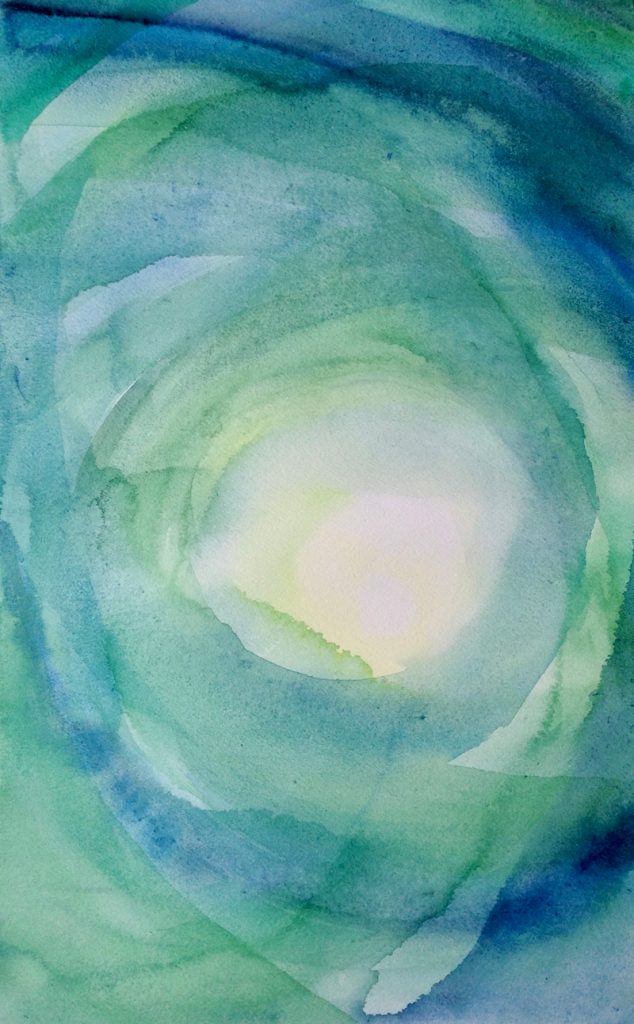
Image: © Jennifer Mason
Refuge in a song
“A song is a shelter in time, a shelter in being.”
—Maria Popova
JENNIFER MASON is a Canadian classically trained musician and painter. Despite a debilitating health issue that thwarted her creative ambitions, her stunning creative talent still shines through.
In this month’s guest post for The Culturium, Jennifer illumines the ageless, essential expression of love that is a lullaby, and eloquently describes her winding journey to the recent release of her global lullaby project. Mothers of the World is a collection of traditional lullabies from around the planet, infused with an unimagined richness of beautiful sounds and intriguing lyrics. Her timeless, exquisite music brings a sense of inclusion, peace, and love.
o0o
All my life I have loved to sing, to feel a river of sound flowing through me, filling and carrying me. The sensation of resonance vibrating inside the body is a way to touch beauty, and feel our own presence. Even humming a single note can tune awareness to the silent music of Being.
Music appears in time, then disappears. Singing now, I feel silent stillness arise within and all around me, and the underlying presence from which everything emerges is palpable. We’ve all felt this in a moment of plenitude after the last note of a concert. Held inside the music together, the absence of sound makes the alive fullness of silence clear.
Singing and stillness have woven through my life like a spiral, as I have left and returned, again and again, to music. Themes curve and circle back upon themselves.
Evolution favours spirals as an elegant, efficient way to grow. They are found everywhere, at every scale in nature. From the double helix of DNA and the structure of collagen, to snail shells, flower petals, hurricanes, and spiral galaxies, this pattern is within us and all around us. We are nature.
Sometimes Life gives you a beautiful, unexpected gift. And then it is taken away, before returning in another form.
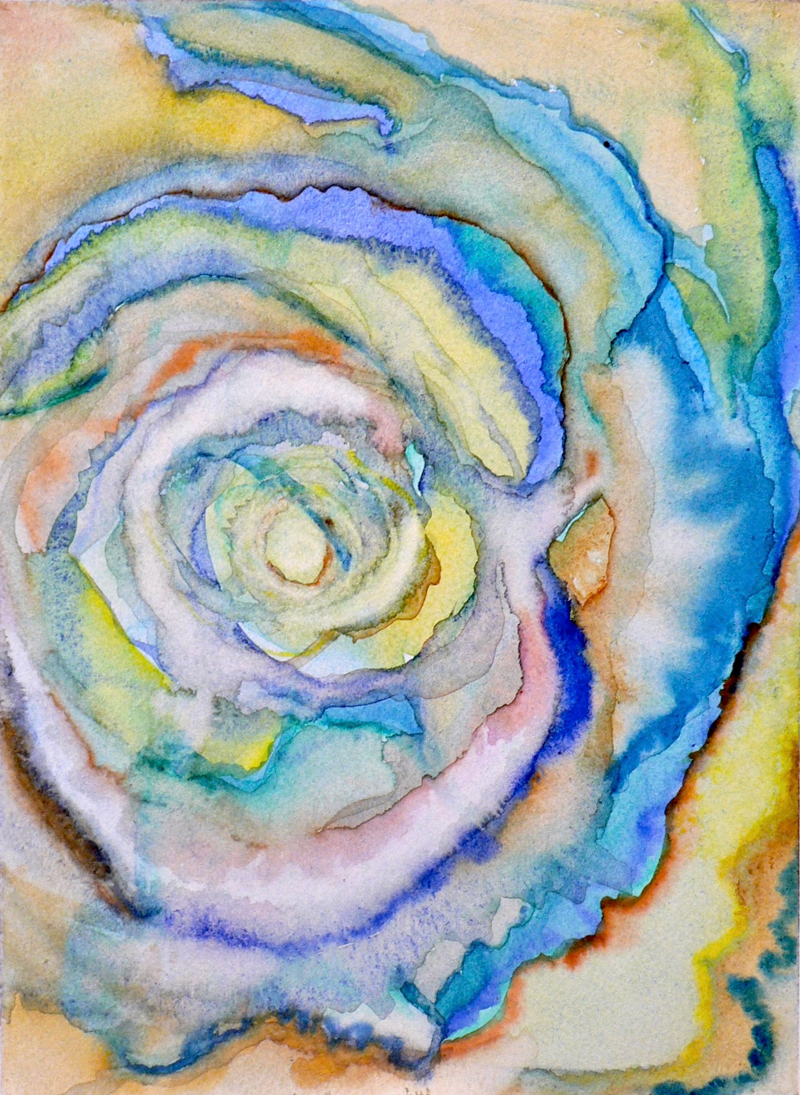
Image: © Jennifer Mason
At the outset of a music career, in my seventh year studying voice, piano, and violin at university, I developed very severe rheumatoid arthritis. As my health got worse I gave up on my hopes of being a singer. Years passed.
I was working part-time in an office when I was given an unexpected opportunity to record a song. I chose the ancient Spanish lullaby “Nana” because a lullaby is a timeless, universal expression of love. When I heard my own voice played back to me for the first time, I slipped into a kind of ecstasy, and knew that I would make a whole recording of international lullabies in many languages and musical styles. I called it Mothers of the World.
🎵 Jennifer Mason, “Nana”.
Audio: © Jennifer Mason
“Nana” is an ancient cradlesong from Andalusia, where several variations of this beautiful folk melody have survived. Its haunting flavour is Moorish, from the North African Arabs who controlled this part of Spain from the eighth to fifteenth centuries: “Sleep my little one, my soul, little light. Sleep until the morning.”
Early humans made musical sounds long before language evolved. Crooning and humming to soothe a child in one’s arms has been an expression of love and tenderness for uncounted millennia. Those simple, intimate sounds became lullabies, and we’ve been singing them ever since. They are some of the earliest songs we know.
Your first love song was a lullaby. Although we can’t remember being held or sung to as an infant, this music may elicit the feelings of safety, love, and comfort we experienced when we were so small. We never grow too old to be soothed by a lullaby. Even beyond memory, the music touches us on a physical level, gently entraining heart rate, breathing, and brain wave patterns, calming our bodies and emotions.
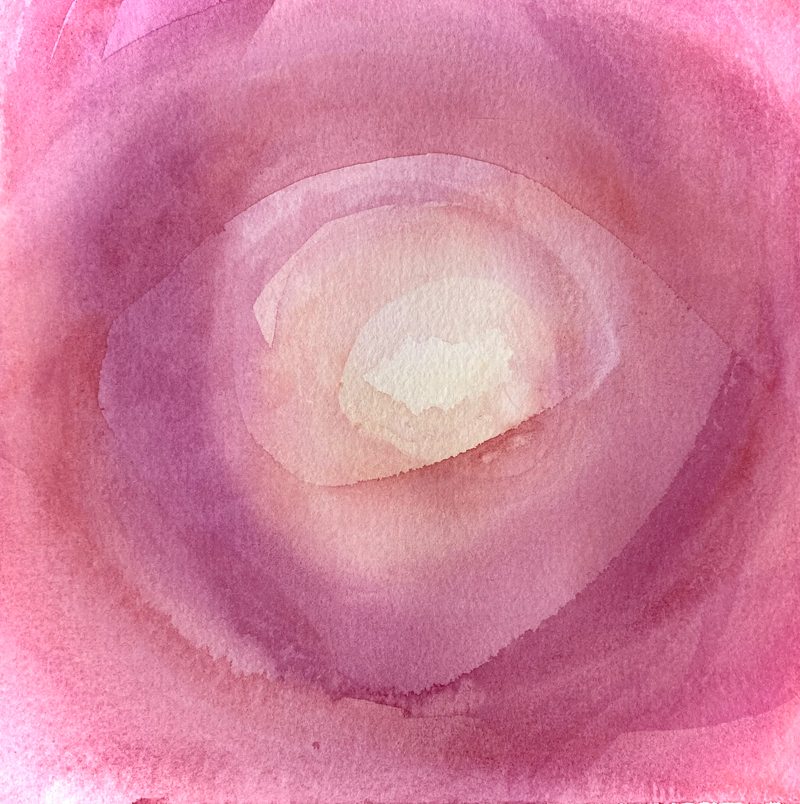
Image: © Jennifer Mason
Life supported the creation of Mothers of the World in ways I could not have imagined. Everything I needed, from financial backing to language coaching, was provided. My illness went into remission and within two years I had released a CD of traditional lullabies from around the world, with a few original songs.
No one knows when traditional songs first came into being, or how they’ve changed over generations. The lyrics are a reservoir of culture and memory that let us glimpse the lives of those who sang them first. One of the oldest known lullabies was written down over 4000 years ago, in cuneiform on a clay tablet in ancient Mesopotamia. The words chide a child for frightening the household god by wailing like a drunkard.
While the essence of a lullaby is the transmission of love, the song is for the singer as much as for the one being sung to. In the intimate unguarded moments of singing to a child, it’s natural to express our hopes and fears and frustrations, as well as our love.
Lullaby lyrics may reflect everything from joy to sorrow, hope, regret, wonder, delight, or whimsy. The words might be a prayer, a lament, a gentle threat, or a story. Some offer hilarious or fantastical bribes, like this ancient Greek lullaby, “Byzantium”.
🎵 Jennifer Mason, “Byzantium”.
Audio: © Jennifer Mason
This centuries-old melody comes from Izmir, a coastal city now belonging to Turkey where a thriving Greek community has remained from the time of the Byzantine Empire. A mother bribes her child with the promise: “Come on, come on, I will give you the city of Alexandria in sugar and Cairo in rice, and you will reign in Constantinople for three years, if only you will go to sleep.”
There are even lullabies with “he done me wrong” and “life is hard” lyrics. It’s easy to imagine a weary, stressed mother voicing these feelings when her child may be the only one to whom she can speak freely. Lullabies are pure expressing of private emotion.
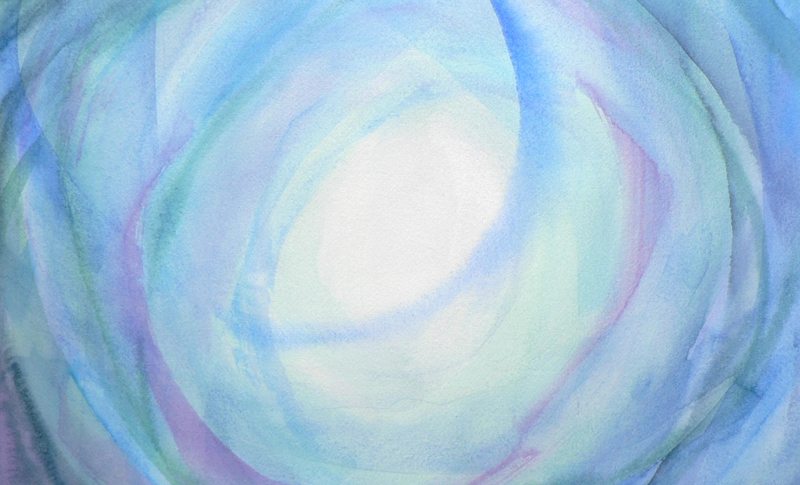
Image: © Jennifer Mason
My grand lullaby adventure culminated in a contract with a major record label, and I thought I would be a musician at last. But within months everything changed again. Life was stripped back to the studs as I experienced betrayal and fraud, and crashed into a major health crisis. I needed many surgeries and was unable to work. After a few unsuccessful attempts to share the music I firmly shut the door on Mothers of the World and moved on. Living quietly, I began to paint and draw.
My mother cared for me in those dark times. Then she had a debilitating stroke and I spiralled back to lullabies, singing at her bedside every night to comfort and soothe her. In the years I cared for her, her frailty and vulnerability pulled a kind of love from me that I hadn’t known before.
The spiral is a perfect symbol of change and return. Coming back to where we’ve been before, everything is different, subtly or radically, our perspective clearer, hopefully wiser. Higher or deeper, wider or nearer, expanded or finer depending on the direction of growth. Carl Jung wrote of the unconscious process as moving “spiral-wise around a centre, gradually getting closer, while the characteristics of the centre grow more and more distinct.”
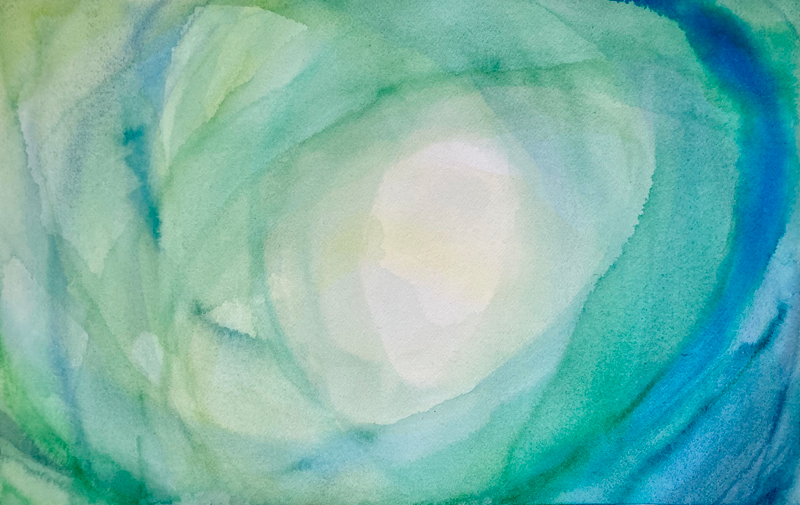
Image: © Jennifer Mason
We all recognize and yearn for the wholeness and intimacy of love, the name we give to the underlying unity of Being we experience when our habitual sense of separation dissolves. Many lullabies seek to invoke this with prayers, benedictions, and blessings, calling for the sacred presence and protection of Angels and the Divine.
This lovely Afro-Cuban prayer, “Yemanja”, is an invocation to the Orisha Yemanja, Mother of Waters and loving protector of women, children, sailors, and fishermen. Originating with the Yoruba people of West Africa, it was carried to the Americas by slaves during the African diaspora. Sung as a lullaby, it invokes Her presence and protection for those who journey to the land of dreams. The words are a mix of Yoruba and Spanish. Yemanja is still honoured throughout Central and South America today.
🎵 Jennifer Mason, “Yemanja”.
Audio: © Jennifer Mason
The love and grace transmitted in a lullaby, or any song, is not primarily in the words or even the tune. It is in the voice and presence of the singer. Being itself is conveyed directly in the voice, as if the sound were a carrier wave. The inner state we sing or speak from can evoke a similar resonance inside the listener.
Resonance arises everywhere in the universe, from the tiniest quantum level out to orbital resonance in space. Sympathetic vibration is a form of acoustic resonance that occurs when an object spontaneously vibrates in the presence of a sound wave from another source with a similar frequency. A sitar is a good example—the musician never touches most of the strings, but they vibrate in sympathy with those that are played, creating a characteristic ringing sound.
Our inner state of Being causes sympathetic vibration through the medium of the voice. All human nervous systems are exquisitely sensitive to vocal tone, in both song and speech. The voice is the instrument of the soul. With voice alone we can impart comfort, courage, kindness, compassion, gratitude, trust, and love—or the opposite. Everything inside us is transmitted in the voice.
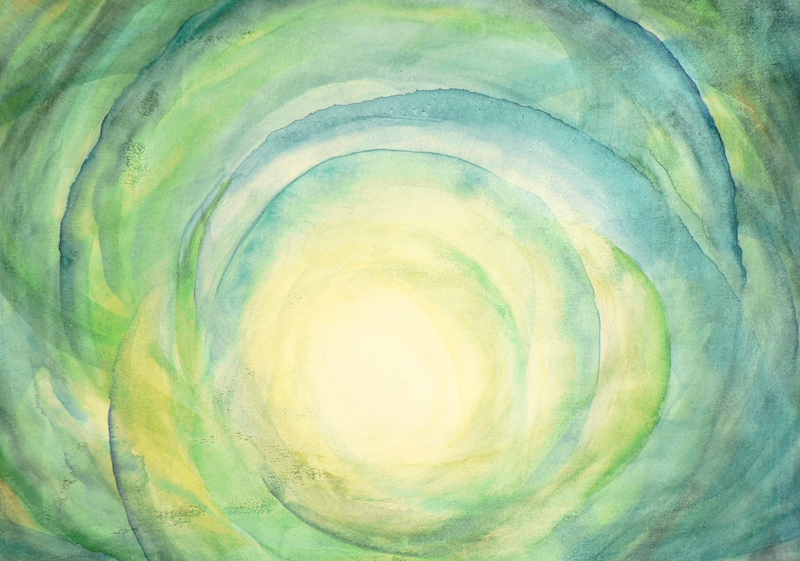
Image: © Jennifer Mason
While I was making Mothers of the World, being immersed in lullabies led me to reflect on the Mother of us all—Gaia, Mother Earth, our beautiful, precious, blue-green home. We are all born of earth. At the time I wrote this song I was becoming aware of the harm and imbalance we have caused to the ecosystems of our planet. With every day this harm has continued to increase, while she continues to nourish and support our lives.
🎵 Jennifer Mason, “Gaia’s Song”.
Audio: © Jennifer Mason
Gaia’s song is a journey through a stormy night to the dawning of a new day as she disappears back into the forest. You will hear her message of love in Arabic, Armenian, Dutch, English, Gujarati, Japanese, Polish, Russian, Sanskrit, and Urdu.
The spirit of a lullaby lives in any song that imparts soothing solace and love. Sometime after my mother’s death, the spiral curved back to lullabies as I began singing with Threshold Choir. We are an international organization of volunteers who sing gentle music at the bedside of those who are ill or dying. Two to four singers share comfort, ease, and presence with simple, beautiful music, sung in gentle, a cappella harmony with a lullaby voice quality. We offer our songs as a tender gift at the thresholds of life. It is a gift to us as well.
Earlier this year an impulse arose in me to revisit Mothers of the World, and the lullaby spiral curved all the way back to where it began. The comfort, peace, and loving-kindness I found in lullabies is needed now more than ever, and I wondered if the music might resonate.
Once again Life has provided everything needed. A friend remastered the sound with the minimal audio I had available. Another friend created a beautiful image and website to be a home for the recording. Friends have shared the link, and to my surprised delight, it’s been heard around the world.
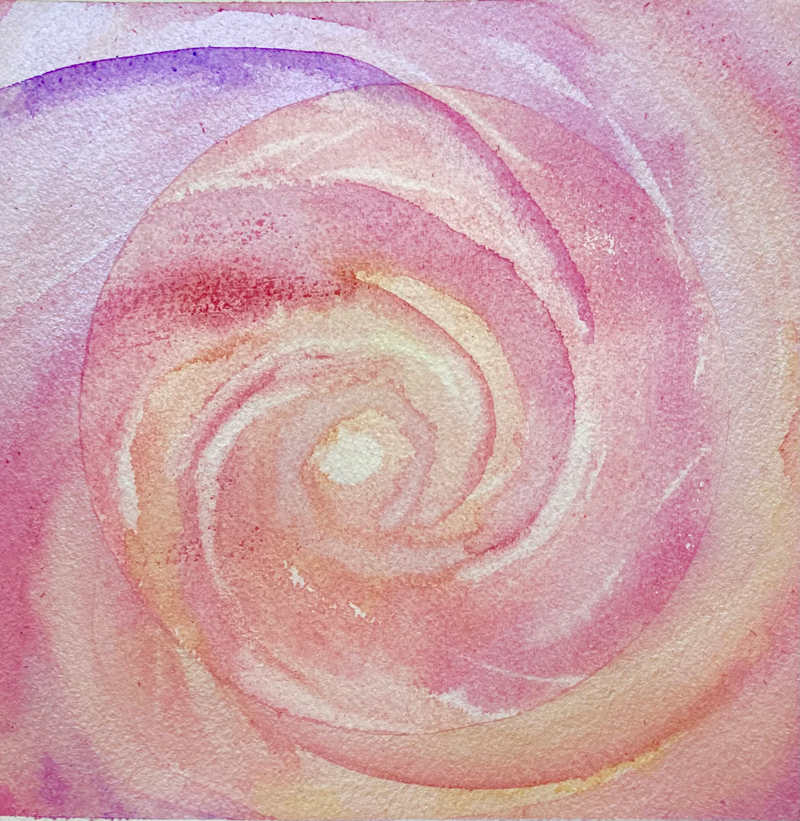
Image: © Jennifer Mason
The greatest gift of this returning spiral has been inside me. Listening afresh to music I made with innocent love years ago evoked a quality of simple happiness and trust in my heart, that has catalyzed the release and healing of old pain and buried trauma. It is never too late to forgive and begin again.
Two spirals echo and reflect each other. As we return to the Source of our Being, the truth we discern grows clearer, finer, brighter. Embodiment and integration unspool outward in our lives and actions, wider and deeper. Our soul’s music unfolds, flowering in graceful symmetry. Inner and outer are one.
May we all come home. Home to the indivisible ground of our shared Being. Home to the underlying wholeness and unity that we call Love—for ourselves, for each other, and for our beautiful Mother, Earth.
We shall not cease from exploration
And the end of all our exploring
Will be to arrive where we started
And know the place for the first time.
—T. S. Eliot
Jennifer Mason, Mothers of the World
Post Notes
- Jennifer Mason’s website
- Jennifer Mason, Mothers of the World on Apple
- Jennifer Mason, Mothers of the World on Amazon Music
- Jennifer Mason, Mothers of the World on YouTube
- Joep Franssens: Harmony of the Spheres
- Arvo Pärt: Silentium
- John Cage: Silence
- Hildegard of Bingen: Sibyl of the Rhine
- John Tavener: Towards Silence
- John Adams: The Dharma at Big Sur
- Wassily Kandinsky: Concerning the Spiritual in Art
